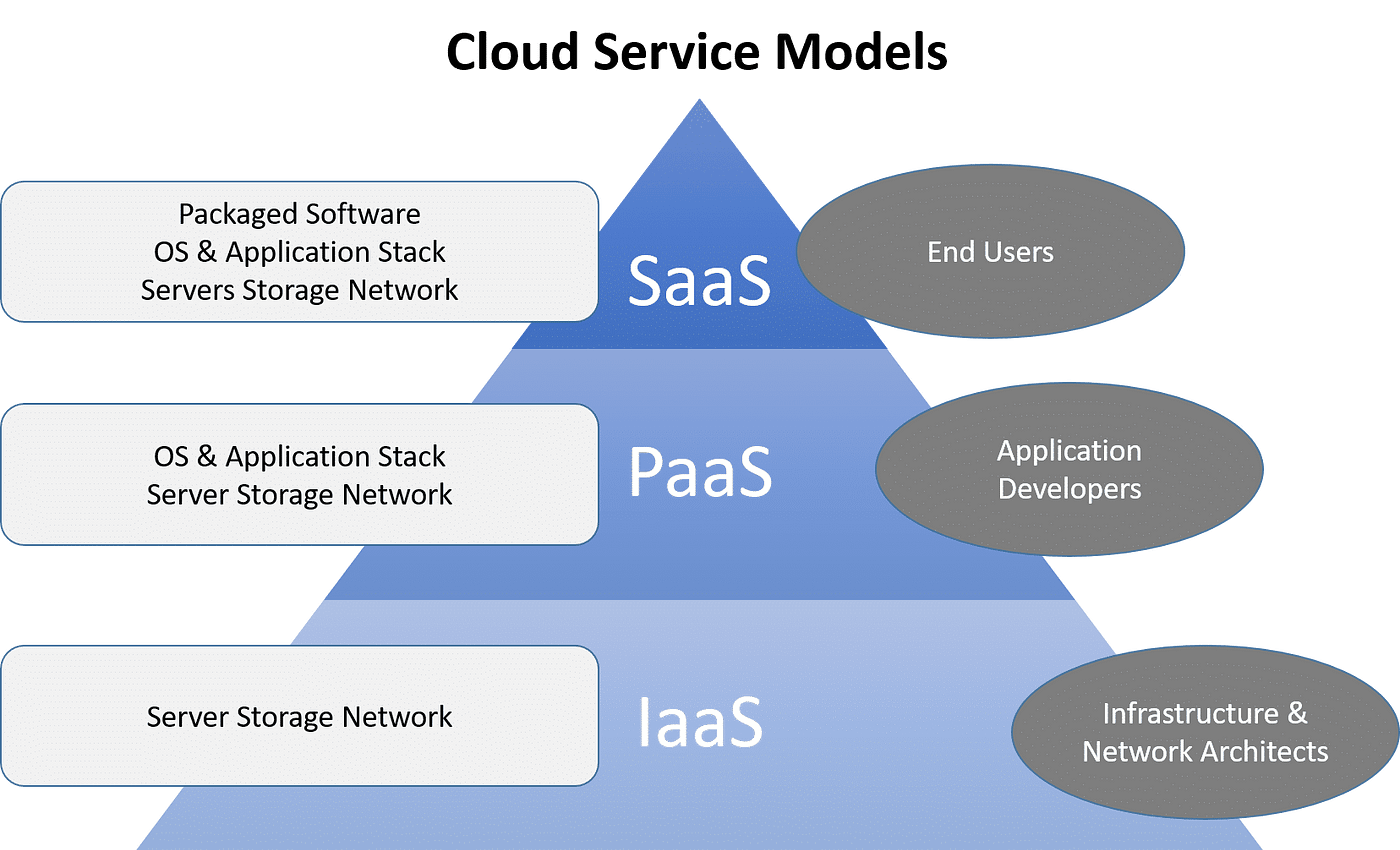LinkDaddy Cloud Services Introduced: Professional Tactics for Cloud Services Press Release Quality
LinkDaddy Cloud Services Introduced: Professional Tactics for Cloud Services Press Release Quality
Blog Article
Simplify Your Facilities With Cloud Provider
As businesses navigate the ever-evolving landscape of modern technology and data administration, the duty of cloud solutions in simplifying infrastructure has come to be progressively noticeable. How can businesses properly navigate this transition and truly open the potential of cloud services for simplifying their facilities?
Benefits of Cloud Solutions
Cloud services use a structured strategy to handling IT framework, providing businesses with cost-efficiency, scalability, and adaptability. One of the crucial benefits of cloud services is the scalability they use. Organizations can quickly scale their sources up or down based upon need, guaranteeing they just pay for what they utilize. This versatility is especially helpful for services with changing requirements or those experiencing growth.
Additionally, cloud solutions get rid of the need for services to purchase pricey hardware and software application. This cost-efficiency is a considerable advantage, especially for tiny to medium-sized business wanting to minimize in advance costs. By utilizing cloud solutions, businesses can access premium IT resources without the large price associated with standard infrastructure arrangements.
Furthermore, cloud services give businesses with the versatility to access their information and applications from anywhere with an internet connection. This degree of accessibility enhances partnership amongst groups, enables remote work, and boosts total productivity. The versatility supplied by cloud solutions empowers companies to adapt swiftly to changing market conditions and consumer needs.
Price Savings and Scalability
Along with the operational benefits highlighted earlier, the combination of cloud solutions right into a firm's infrastructure comes up with significant price financial savings and enhanced scalability. Cloud solutions offer a pay-as-you-go model, enabling organizations to range sources up or down based upon present demands, therefore staying clear of the costs connected with keeping excess capacity. This adaptability makes it possible for business to adjust rapidly to rising and fall needs without sustaining unnecessary costs.
Additionally, cloud solutions remove the demand for upfront financial investments in hardware and software program, decreasing capital expenditures. Operating expenditures are additionally reduced as companies no more require to handle and keep physical web servers, causing reduced energy intake and IT staffing expenses. Additionally, cloud solutions supply automatic updates and upkeep, guaranteeing that the framework stays safe and up-to-date without requiring hands-on treatments.
Boosted Protection Actions
Executing stringent safety procedures is critical when incorporating cloud solutions right into a business's facilities to protect delicate information and make certain compliance with sector laws. Cloud service suppliers supply boosted protection features such as data security, firewall protection, and multi-factor authentication to minimize cybersecurity threats.
Moreover, routine protection audits and conformity analyses aid make sure and recognize susceptabilities adherence to market requirements. Firms can likewise take advantage of functions like automated safety and security updates and real-time threat tracking given by cloud company. By focusing on security procedures and staying positive in attending to potential risks, businesses can confidently take advantage of cloud services while securing their useful information from unapproved gain access to or violations.
Transitioning to Cloud Infrastructure
To effectively integrate cloud services into a business's infrastructure, a structured strategy that deals with the shift in the direction of cloud-based remedies is imperative. Transitioning to cloud infrastructure entails mindful preparation and execution to make sure a smooth movement procedure - Cloud Services.
Once the assessment is total, a migration method need to be established. This strategy needs to outline the timeline, sources, and obligations for relocating each element to the cloud. It is crucial to connect this strategy clearly to all stakeholders to guarantee alignment and minimize disruptions throughout the shift.
During the movement monitoring, screening and process are essential to identify and resolve any type of issues without delay. Routine checkpoints ought to be established to track development and make necessary adjustments. Furthermore, training for employees on making use of cloud services ought to be given to make certain a successful shift and maximize the advantages of the brand-new framework.
Finest Practices for Cloud Fostering
Effective adoption of cloud solutions depends upon the strategic positioning of organization objectives with technical abilities and business preparedness. To make certain a smooth transition to the cloud, companies ought to start by conducting a detailed evaluation of their current framework and determining which work are best fit for cloud movement. It is essential to entail key stakeholders from different divisions in the decision-making process to acquire buy-in and resolve any worries early on.
One more ideal practice for cloud adoption is to prioritize safety and conformity. Organizations must very carefully review the security steps used by cloud provider and ensure that their data website here is safeguarded according to market criteria and governing requirements. Executing robust data file encryption, gain access to controls, and normal protection audits can help alleviate dangers related to cloud adoption.

Final Thought
As services browse the ever-evolving landscape of technology and information monitoring, the role of cloud services in streamlining framework has ended up being significantly prominent - Cloud Services. Exactly how can services properly navigate this transition and genuinely open the possibility of cloud solutions for streamlining their infrastructure?
Cloud services provide a streamlined technique to handling IT framework, giving businesses with adaptability, scalability, and cost-efficiency. By using cloud services, companies can access premium IT sources without the large cost tag connected with standard framework configurations.
To make sure a smooth shift to the cloud, organizations ought to start by conducting a comprehensive assessment of their current framework and recognizing which work content are best fit for cloud migration.
Report this page